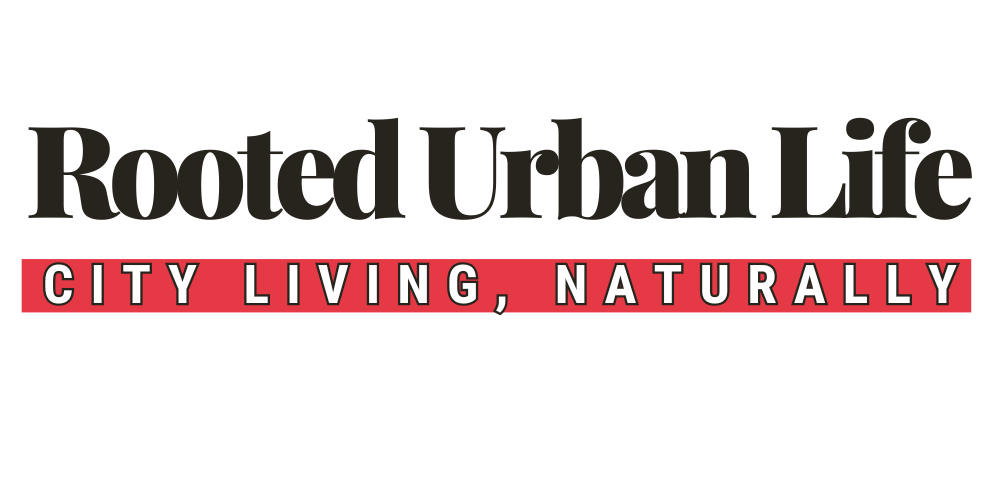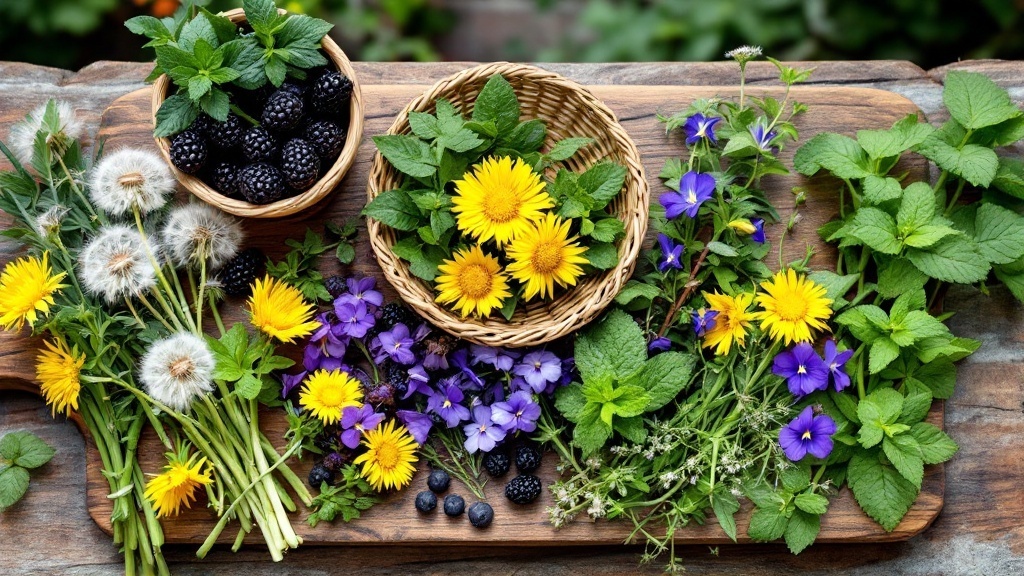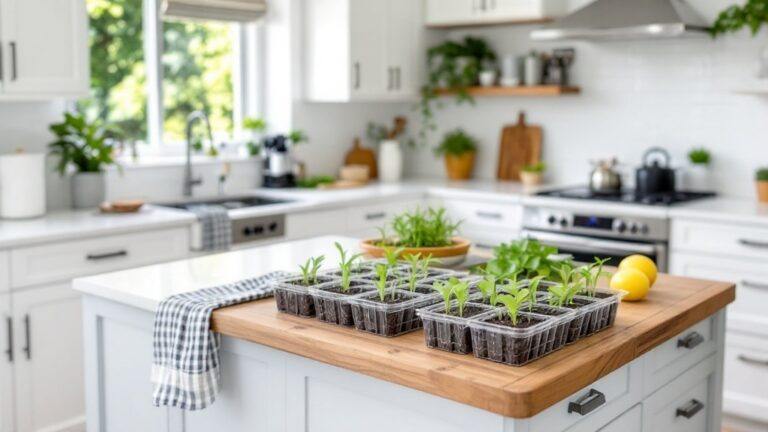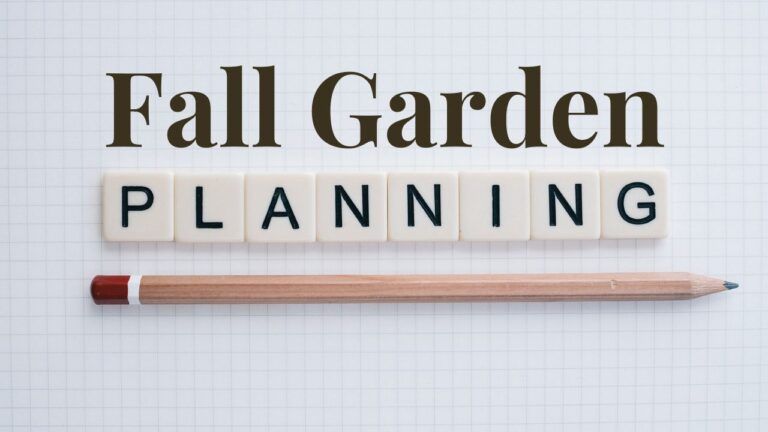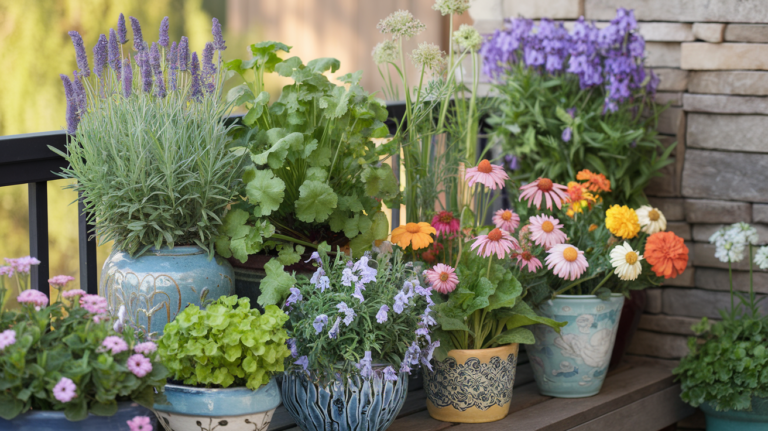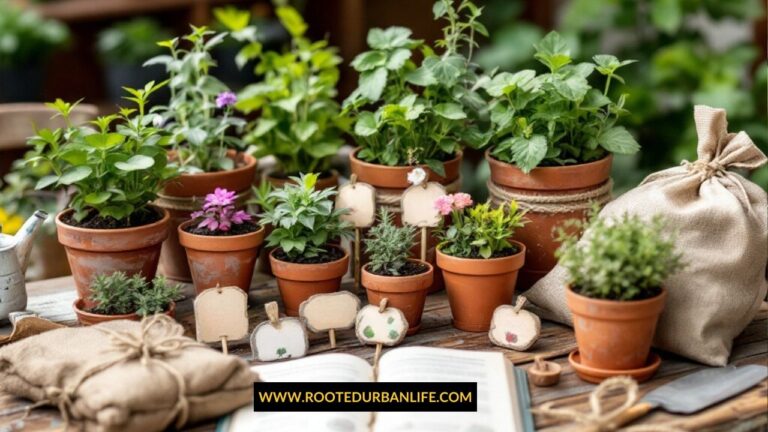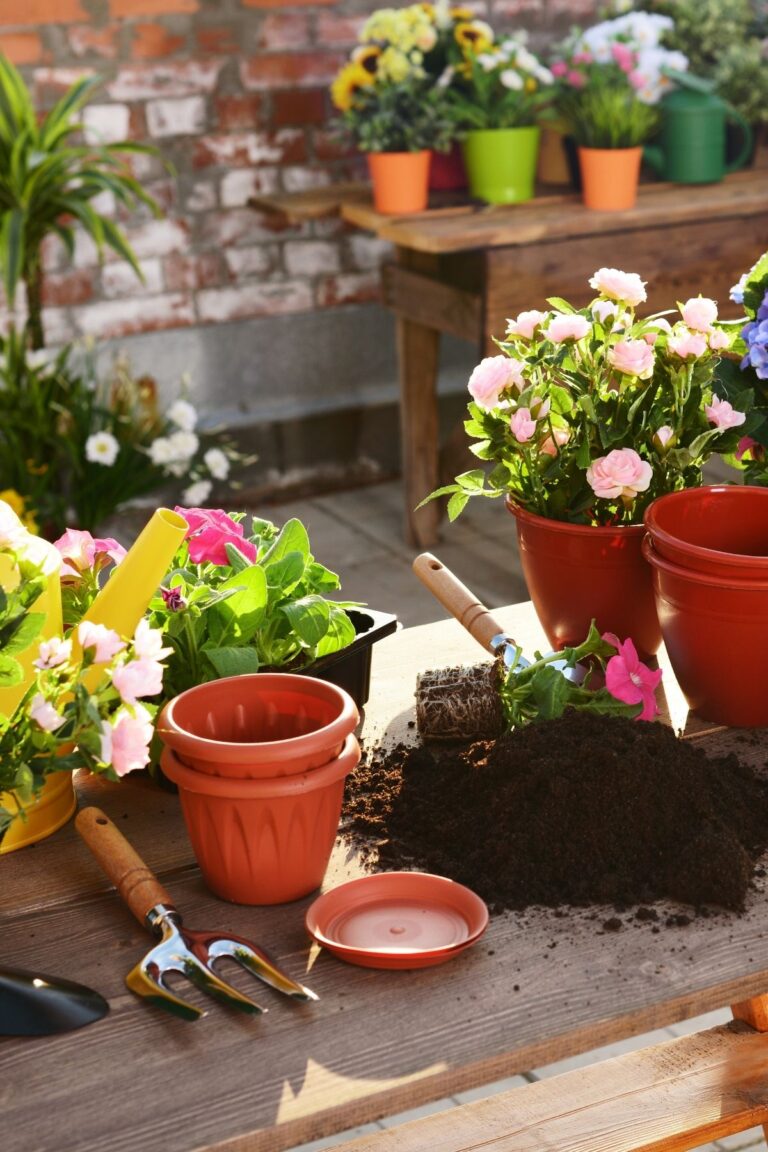Wild Eats in the City: 16 Edible Plants Hiding in Plain Sight
Girl, there’s a free farmers market right outside your apartment—and you’ve been walking past it every day!
The Problem Let’s be real—we’re all paying ridiculous prices for organic produce while literally stepping over free food on our daily coffee runs! Between work deadlines, family chaos, and trying to maintain some kind of social life, connecting with nature feels impossible. But that “weedy” patch in your local park? Total gold mine!
What You Will Learn Grab your favorite drink because I’m about to spill all my urban foraging secrets:
- 16 delicious plants hiding in your neighborhood (yes, even downtown!)
- My foolproof system for safe identification (because ER trips are so not on the agenda)
- Simple ways to transform sidewalk treasures into Instagram-worthy meals
- How to turn foraging into the coolest mom activity ever
- Why your grandmother was right about “eating your weeds” all along
Want a fun way to get kids excited about foraging? Grab my Wild Plant Word Search—it features 13 real edible plants + cool discussion prompts. Get it free when you join the RootedUrbanLife newsletter
Trust me, once you start seeing the urban landscape as your personal pantry, you’ll never look at “weeds” the same way again. Plus, casually mentioning “I foraged these greens myself” at your next dinner party? Absolutely priceless!
Recommended Resources
Before we dive into specific plants, let’s cover some essential tools that will make your urban foraging adventures safer and more enjoyable:
- Plant Identification App – Having a reliable identification tool at your fingertips is crucial for safety. Apps like iNaturalist or PlantNet let you snap photos for instant identification
- Foraging Basket or Bag – Choose something breathable that won’t crush delicate finds
- Garden Scissors or Knife – For clean harvesting that doesn’t damage parent plants
- Foraging Guidebook – A regional field guide specific to your area is invaluable
- Gloves – Protect your hands from thorns and potential irritants
- Small Notebook – Record locations, dates, and observations of your finds
- Reusable Produce Bags – Keep different plants separated during collection
Note: While foraging apps are helpful, never rely solely on technology for identification. Double or triple verify any plant before consuming!
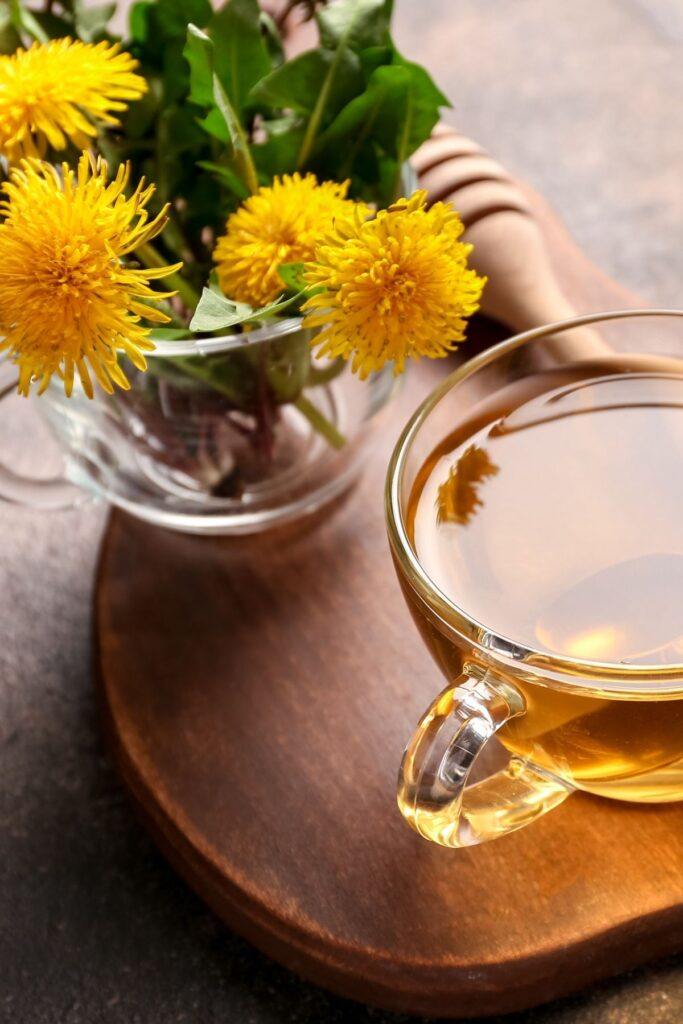
Dandelions: The Gateway Foraging Plant
My urban foraging journey began with these common “weeds” that grow absolutely everywhere. Dandelions are nature’s multivitamin and entirely edible from root to flower.
Practical Implementation:
- Harvest young leaves before the plant flowers for the mildest flavor
- Collect bright yellow blossoms in the morning when fully open
- Wash thoroughly, especially if collecting near roads or areas with potential pesticide use
- Add young leaves to salads for a nutritious kick (they’re packed with vitamins A, C, and K)
- Try dandelion root coffee by roasting, grinding, and brewing the roots
- Make dandelion honey by infusing the flowers in sugar syrup
- Create dandelion fritters by dipping whole blossoms in batter and lightly frying
Pro Tip: My Favorite Dandelion Tool A dandelion digger with a forked end makes harvesting the nutritious roots much easier than using a regular trowel. This specialized tool allows you to extract the entire root without breaking it.
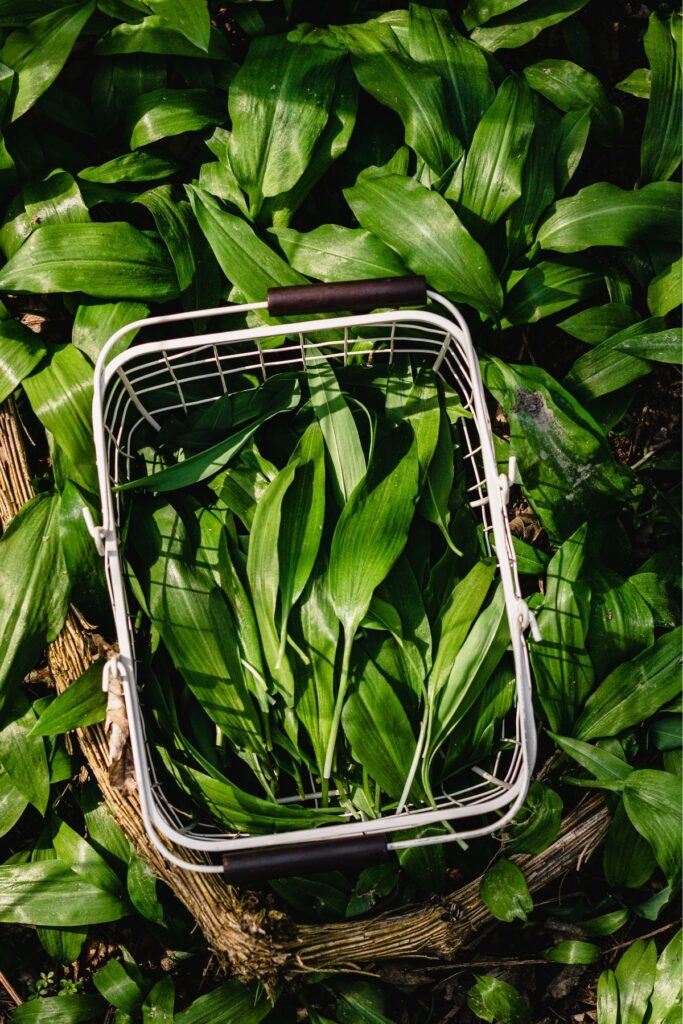
Wild Garlic: Urban Flavor Hunter’s Delight
Also known as ramps or wild leeks, this pungent member of the allium family often grows in shady, moist areas of urban parks and along stream banks. Its distinct garlicky smell is unmistakable.
Practical Implementation:
- Look in partially shaded areas in early spring for broad, smooth leaves and a strong garlic scent
- Harvest sustainably by taking only one leaf from each plant, leaving bulbs intact
- Clean thoroughly by rinsing multiple times to remove dirt and debris
- Use fresh in salads, pestos, or as a savory addition to egg dishes
- Preserve excess by freezing in olive oil or making wild garlic butter
- Check local regulations as some areas restrict wild garlic foraging due to overharvesting
Warning: Never harvest unless you’re 100% confident in identification. Other lily family plants like lily-of-the-valley are highly toxic and can look similar to novice foragers.
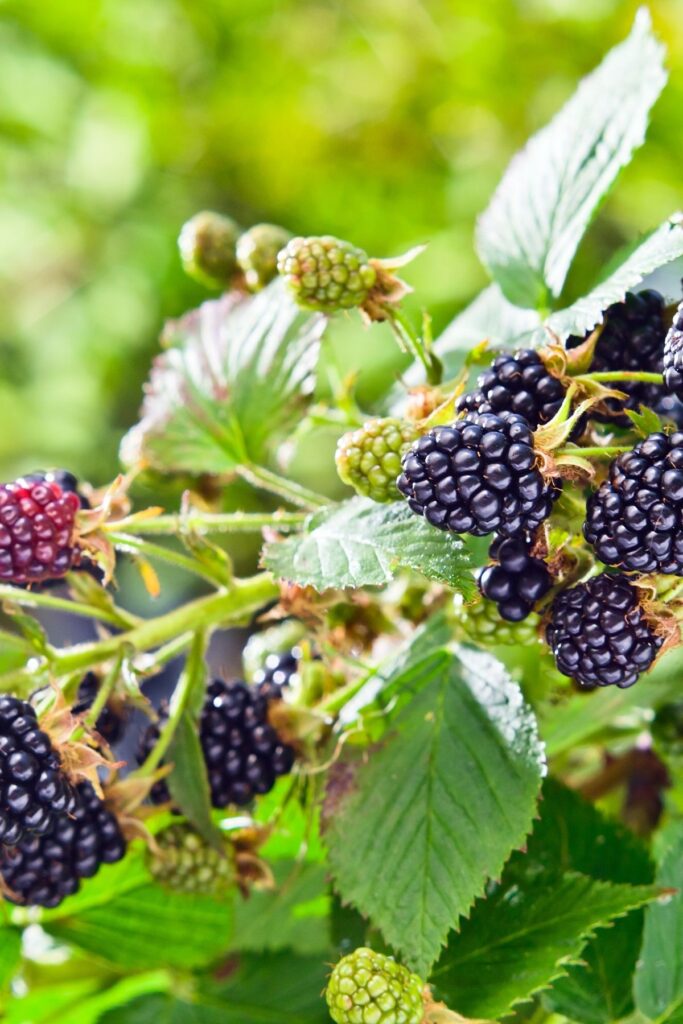
Blackberries: Urban Hedgerow Gold
These thorny shrubs are urban foraging superstars, thriving in vacant lots, along railway lines, and at the edges of parks. Their ability to grow in disturbed soils makes them common even in dense urban environments.
Practical Implementation:
- Locate brambles in summer, identifying by their distinctive thorny stems and compound leaves
- Return in late summer/early fall when berries turn deep purple-black and detach easily
- Bring sturdy containers to prevent squishing your harvest
- Wear long sleeves and pants to protect against thorns
- Harvest berries that are fully ripe but still firm
- Wash thoroughly before eating or preserving
- Freeze extras on a tray before transferring to storage containers
Tools That Make Blackberry Foraging Easier Long-handled berry pickers allow you to reach deep into brambles without getting scratched, and berry buckets that hang from your waist free up both hands for picking.
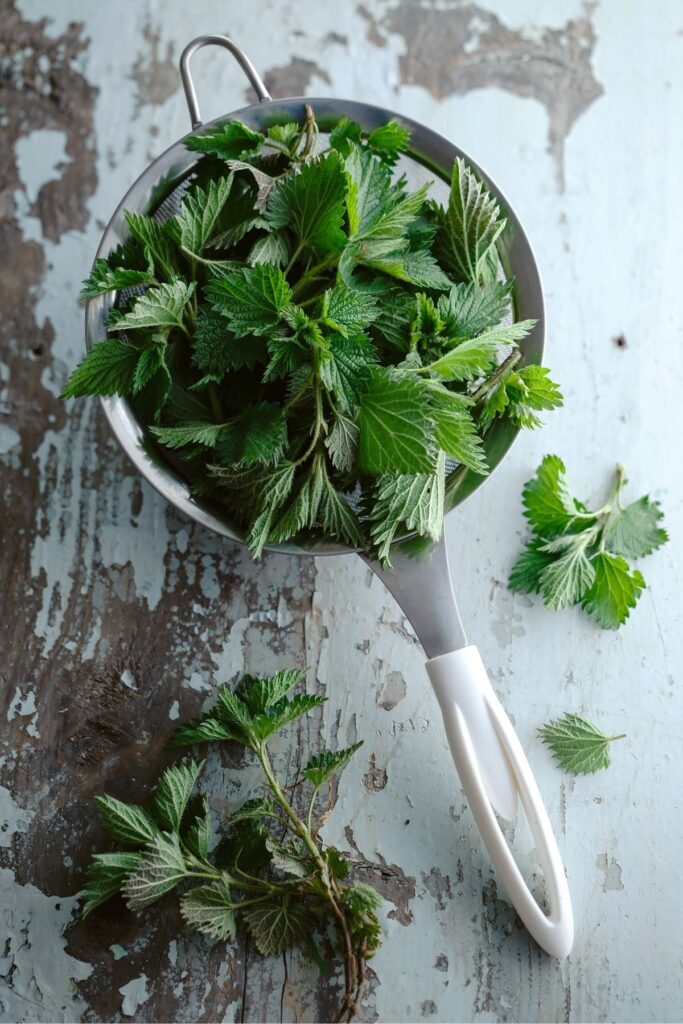
Nettles: The Superfood Hiding Behind a Sting
Stinging nettles might seem like an intimidating plant to forage, but once you learn to handle them properly, they reward you with incredible nutrition and versatility.
Practical Implementation:
- Locate nettles in partially shaded, moist areas (often near waterways or in neglected corners)
- Always wear thick gloves when harvesting to avoid the sting
- Collect young plants or just the top 4-6 inches in spring for the tenderest shoots
- Use scissors to cut stems rather than pulling plants
- Blanch immediately in boiling water for 1-2 minutes to neutralize the sting
- Use like spinach in soups, pastas, or tea
- Dry excess for nutritious winter teas rich in iron and minerals
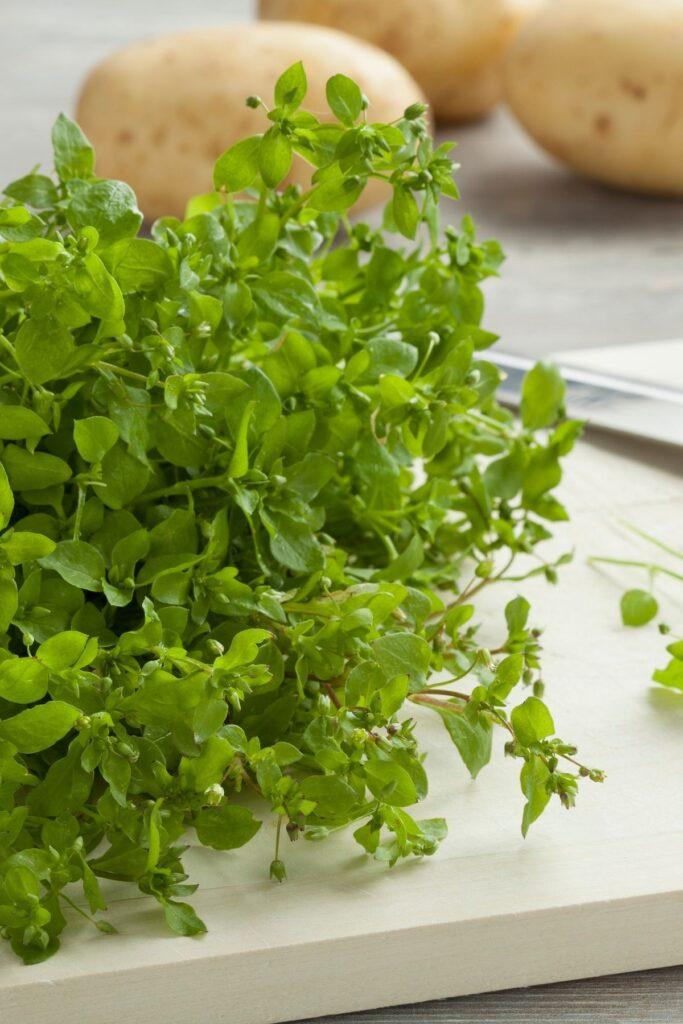
Chickweed: The Tiny Nutritional Powerhouse
This low-growing plant with tiny white star-shaped flowers is often overlooked but makes a delicious addition to salads and sandwiches with its mild, slightly sweet flavor similar to corn silk.
Practical Implementation:
- Find chickweed growing in moist, partially shaded areas from fall through spring
- Identify by its line of tiny hairs that change direction on each segment of the stem
- Harvest the top few inches by pinching or snipping with scissors
- Collect away from road edges and areas where dogs are walked
- Rinse thoroughly before consuming
- Use fresh in salads or as a sandwich green
- Blend into pesto or add to smoothies for a nutritional boost
The delicate, fresh taste of chickweed delivers a surprising nutritional punch, rich in vitamins A, D, B complex, and C. As you sprinkle these tender greens over your dinner salad, your family might be skeptical at first, but the mild, refreshing taste wins them over. There’s pride in knowing you’ve learned to recognize valuable food that most people step over without a second glance.
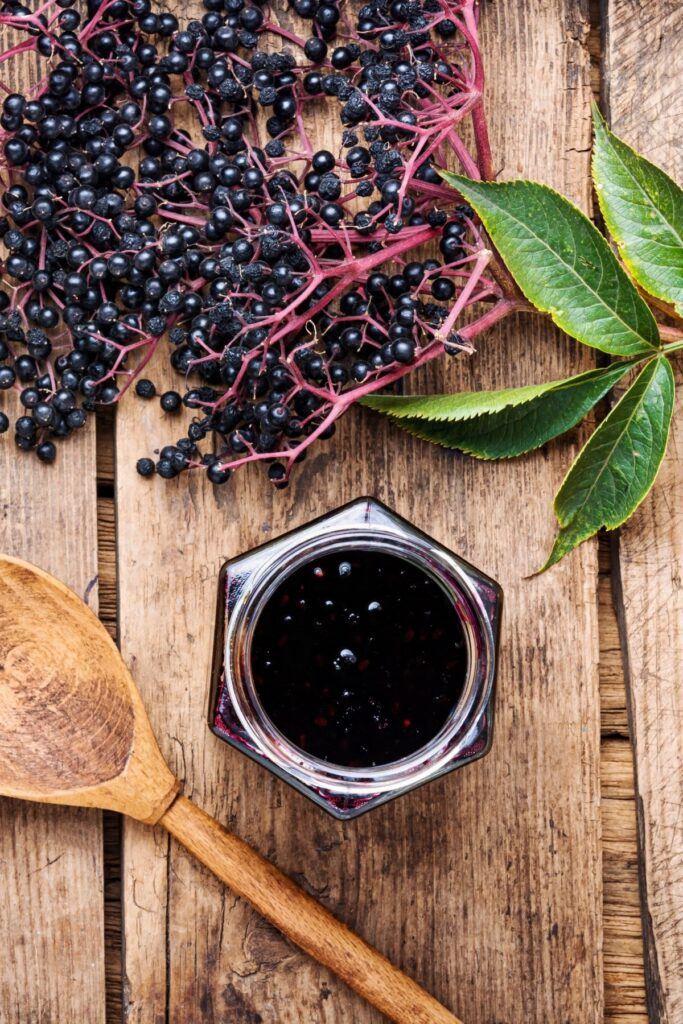
Elderflowers and Elderberries: Seasonal Urban Treasures
Elder trees often thrive in urban environments, offering fragrant flowers in spring and nutrient-rich berries in fall. Learning to recognize these trees gives you two distinct foraging seasons from the same plant.
Practical Implementation:
- Identify elder trees by their opposite compound leaves and flat-topped flower clusters
- Harvest elderflowers in late spring when freshly opened but before they begin to brown
- Cut entire flower heads, leaving plenty on the tree for future berry production
- Return in early fall for dark purple-black berries that hang in clusters
- Always cook elderberries before consuming as they contain mild toxins when raw
- Make elderflower cordial by steeping flowers with lemon, sugar, and water
- Transform elderberries into immune-boosting syrup or preserves
Recommended Resources for Success A good straining setup is essential for elderflower preparations. A fine-mesh strainer and muslin cloth will help remove all the tiny flower parts from your cordial or syrup.
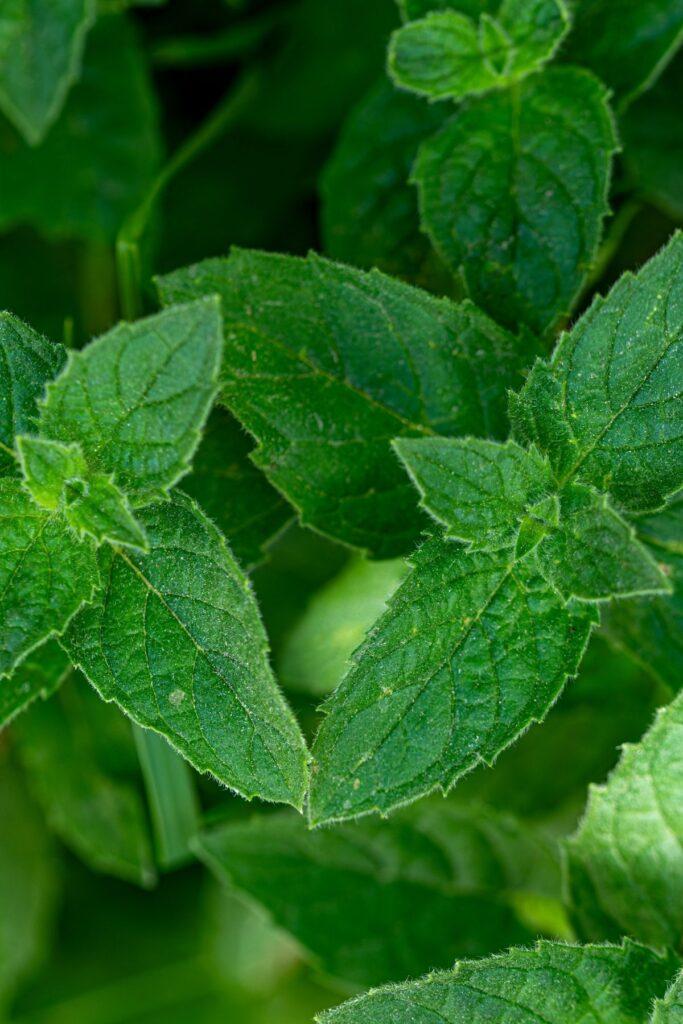
Wild Mint: The Aromatic City Survivor
Various mint species thrive in urban environments, especially in damp areas near water features or in neglected corners of parks. Their distinctive square stems and aromatic leaves make them easy to identify.
Practical Implementation:
- Look for square stems and opposite leaves with serrated edges
- Confirm identification by crushing a leaf and smelling its distinctive minty aroma
- Harvest young stems and leaves by pinching or cutting
- Rinse thoroughly before use
- Use fresh in teas, cocktails, desserts, or as a garnish
- Dry excess for winter tea supplies
- Freeze leaves in ice cubes for aromatic summer drinks
While store-bought mint is convenient, there’s something magical about discovering a patch of wild mint growing alongside a stream in your local park. As you steep a handful of freshly gathered leaves in hot water, the invigorating scent releases stress you didn’t even realize you were carrying. The connection to this simple pleasure grounds you in the moment and in the subtle seasonal changes of your urban environment.
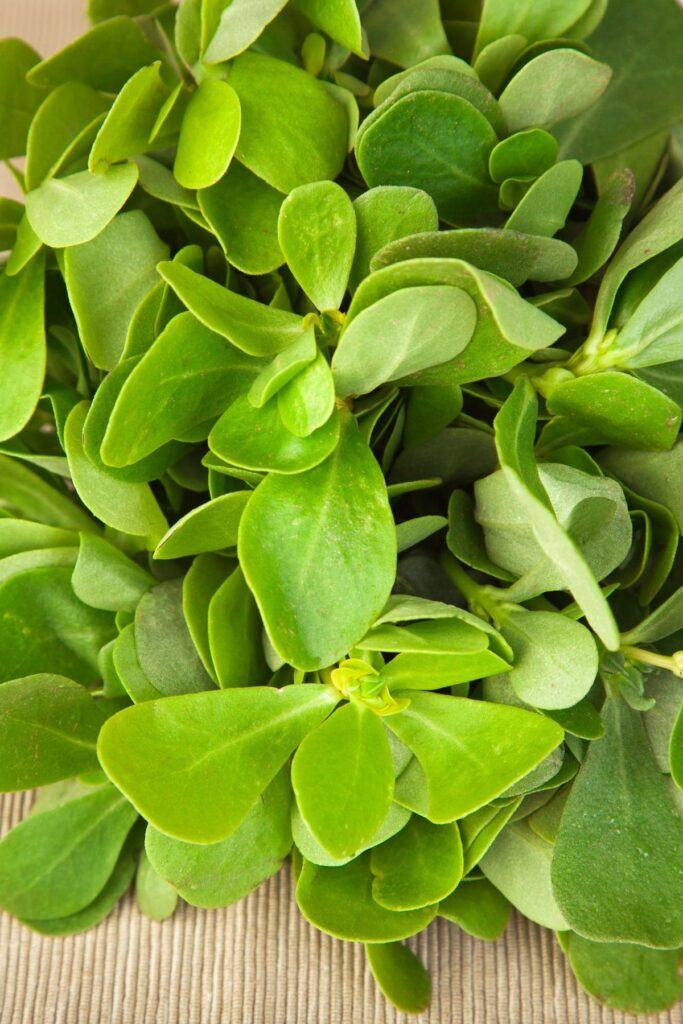
Purslane: The Sidewalk Superfood
This succulent plant with its paddle-shaped leaves might be growing right through the cracks in your sidewalk. What looks like a common weed is actually a nutritional powerhouse packed with omega-3 fatty acids—more than some fish oils!
Practical Implementation:
- Look for purslane growing in sunny areas, often in disturbed soil and sidewalk cracks
- Identify by its smooth, reddish stems that radiate from a central point and its fleshy, paddle-shaped leaves
- Harvest by cutting stems with scissors rather than pulling the entire plant
- Collect from clean areas away from high-traffic streets and pet walking routes
- Wash thoroughly before consuming
- Enjoy fresh in salads for a slight lemony crunch
- Add to smoothies for an omega-3 boost
Want a fun way to get kids involved?
Grab my Wild Plant Word Search Kit—a free printable that helps kids discover 13 real edible plants + includes cool discussion prompts.
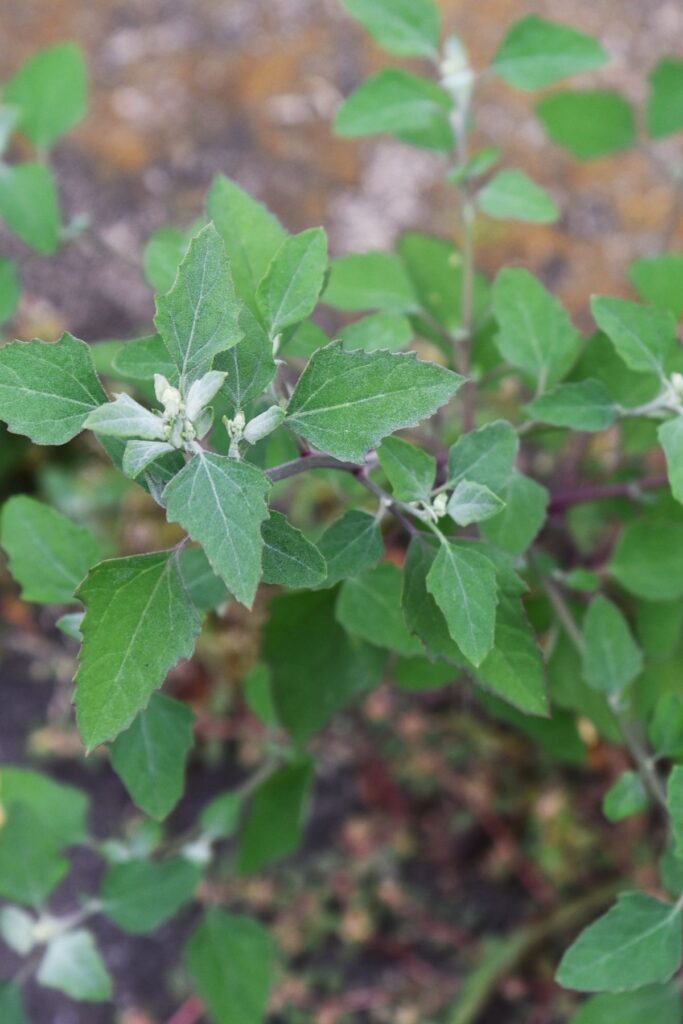
Lamb’s Quarters: Wild Spinach of the City
Also known as wild spinach, this nutritious relative of quinoa is a common “weed” that contains more iron, protein, and vitamin B2 than spinach. Its distinctive dusty white coating on the underside of its leaves makes it easy to identify.
Practical Implementation:
- Locate lamb’s quarters in disturbed soils, vacant lots, and edges of community gardens
- Identify by the characteristic white, powdery coating on the underside of diamond-shaped leaves
- Harvest young leaves and tender stem tips for the best flavor
- Use as you would spinach—in salads when young or cooked when mature
- Blanch quickly to reduce the mild oxalic acid content
- Freeze in portion-sized bags for winter use
- Substitute for spinach in any recipe at a 1:1 ratio
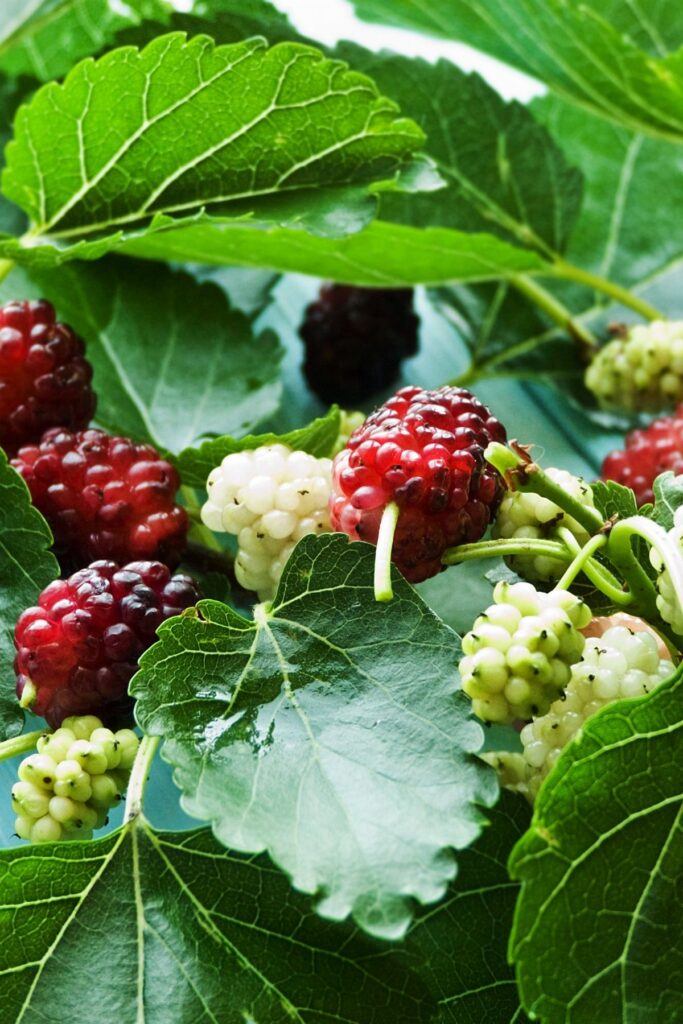
Mulberries: Urban Tree Bounty
Unlike their bramble cousins, mulberries grow on trees commonly planted in urban areas. These sweet berries range from white to deep purple when ripe and create a foraging opportunity that doesn’t require venturing into wild areas.
Practical Implementation:
- Identify mulberry trees by their distinctive lobed leaves and berries that resemble blackberries
- Look for trees in parks, along streets, and in older residential neighborhoods
- Harvest when berries are fully colored and detach easily from the tree
- Place a sheet under the tree and gently shake branches to collect ripe berries
- Be aware that the juice stains clothing and concrete
- Eat fresh, add to smoothies, or cook into jams and pies
- Freeze excess berries for later use
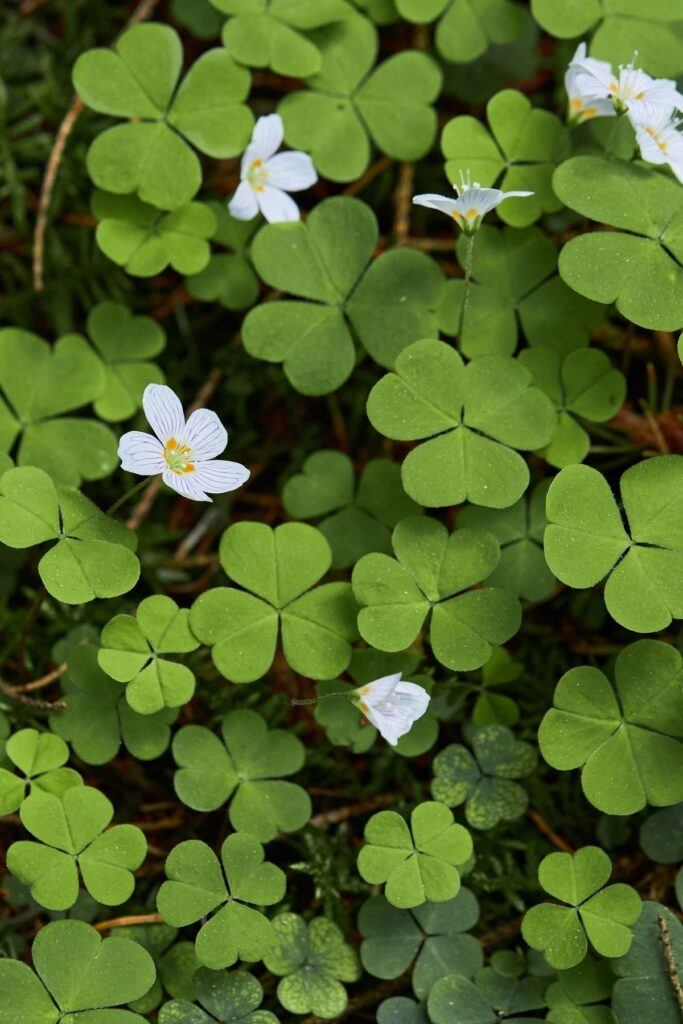
Wood Sorrel: Nature’s Lemonade
Often mistaken for clover, wood sorrel has heart-shaped (not round) leaflets and a delightfully sour, lemony taste. This ubiquitous plant adds a tangy zip to salads and is a favorite among child foragers for its pleasant flavor.
Practical Implementation:
- Find wood sorrel in lawns, parks, and shady areas
- Identify by its three heart-shaped leaflets (different from clover’s rounded leaves)
- Harvest leaves and stems by pinching or cutting with scissors
- Use sparingly due to its oxalic acid content (avoid in large quantities if you have kidney issues)
- Add fresh to salads for a lemony accent
- Use as a garnish for fish dishes
- Create a refreshing tea by steeping in cold water
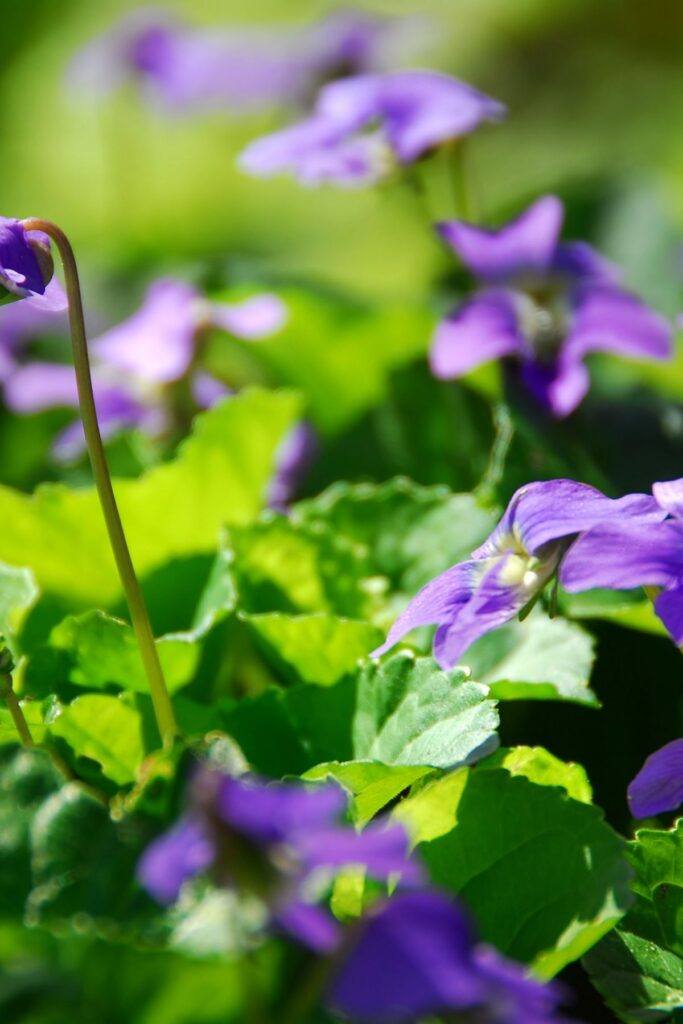
Violets: Edible Flower Gems
These delicate purple, white, or yellow flowers and their heart-shaped leaves are both edible and nutritious. Rich in vitamins A and C, violets add color and subtle flavor to spring dishes.
Practical Implementation:
- Look for violets in partially shaded areas of lawns, parks, and woodland edges
- Identify by heart-shaped leaves and characteristic five-petaled flowers
- Harvest flowers in morning when they’re freshest
- Collect leaves throughout the growing season
- Rinse gently and pat dry with paper towels
- Use flowers to decorate salads or crystallize with sugar for desserts
- Add young leaves to salads or cook like spinach
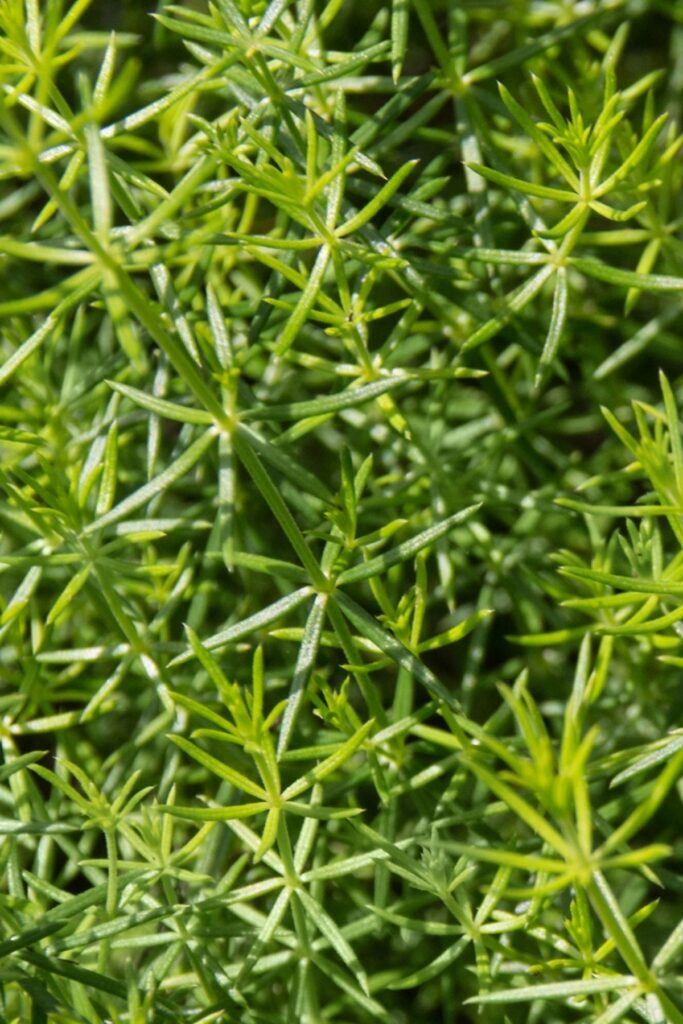
Cleavers: The Velcro Plant
Also known as goosegrass or sticky willy, this clingy plant with whorls of leaves is a spring tonic traditionally used to cleanse the lymphatic system. Its Velcro-like quality comes from tiny hooks covering the stems and leaves.
Practical Implementation:
- Find cleavers in moist, shady areas, often near fences or base of trees
- Identify by square stems with whorls of narrow leaves and tiny hooks that stick to clothing
- Harvest young plants before they flower for best flavor
- Chop finely to deal with the clingy texture
- Add to soups as a thickener
- Create a cold infusion by steeping overnight in water
- Freeze in ice cube trays with water for later use in smoothies
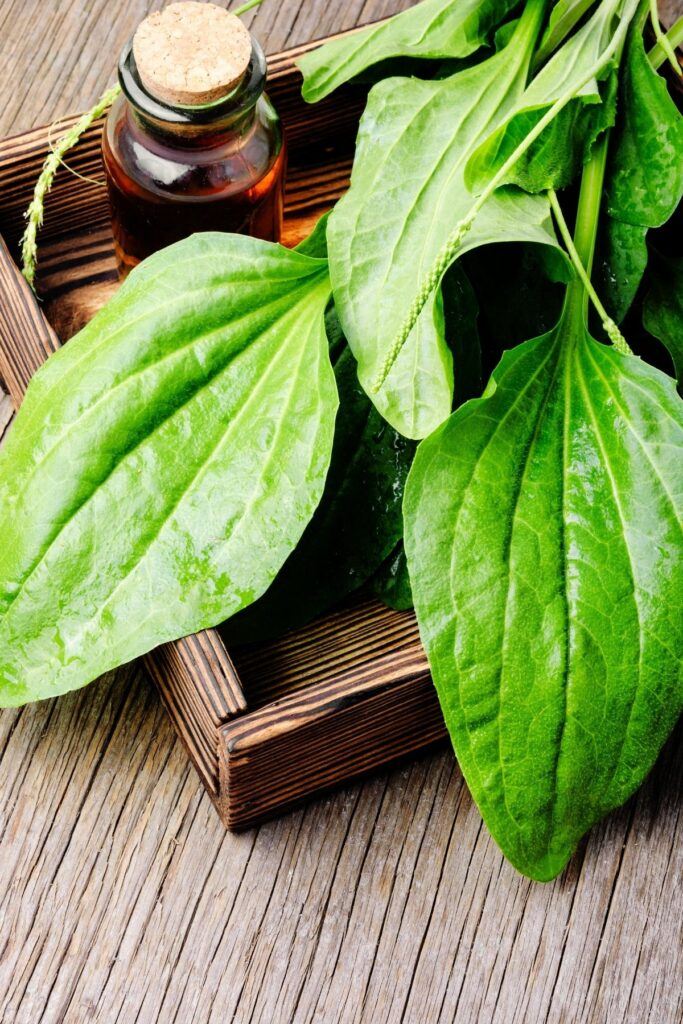
Plantain: The Original Band-Aid Plant
Not to be confused with the banana-like fruit, plantain is a common lawn “weed” with parallel-veined leaves. This plant has been used medicinally for centuries and makes a nutritious addition to spring salads.
Practical Implementation:
- Locate plantain in lawns, along trails, and in compacted soil areas
- Identify by rosettes of leaves with parallel veins running lengthwise
- Harvest young, tender leaves before they become tough
- Tear or cut leaves rather than pulling entire plant
- Use young leaves raw in salads
- Cook mature leaves like spinach to reduce fibrousness
- Dry leaves for winter tea or grind into medicinal powder
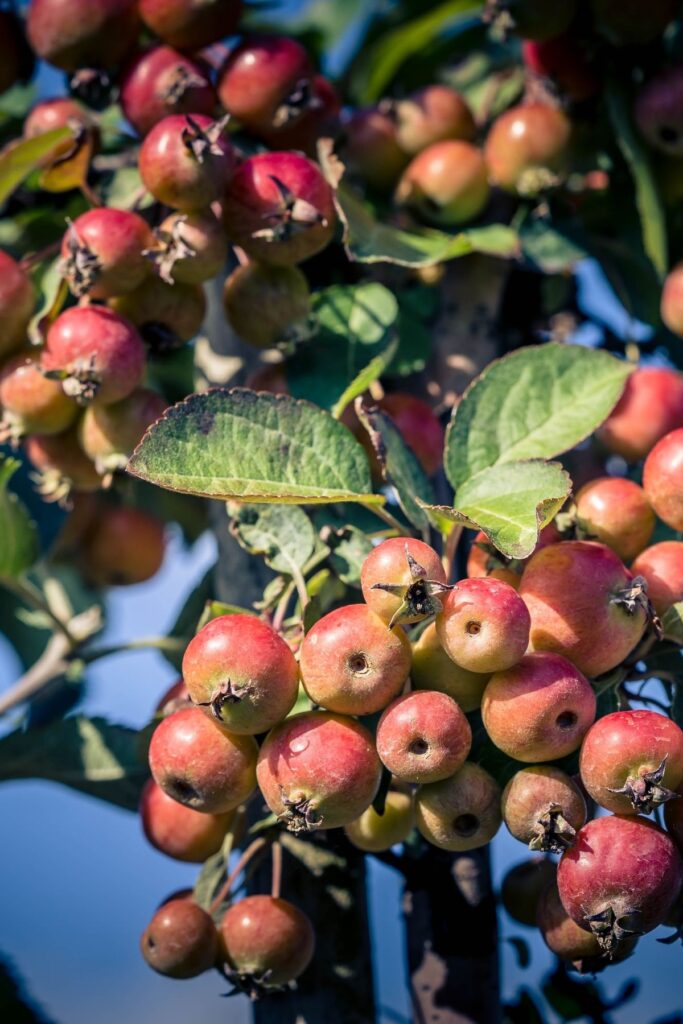
Crab Apples: Miniature Urban Orchards
These small, tart relatives of domestic apples grow on ornamental trees planted throughout urban areas. While often too sour for fresh eating, they make exceptional jellies and preserves.
Practical Implementation:
- Identify crab apple trees by their small, firm apples (usually 1-2 inches in diameter)
- Harvest when fruits are fully colored but still firm
- Collect from branches or gather recently fallen fruit in good condition
- Wash thoroughly and remove stems and blossom ends
- Cook with sugar to make jellies and preserves
- Add to regular apples when making cider for extra tang
- Ferment into crab apple wine or vinegar
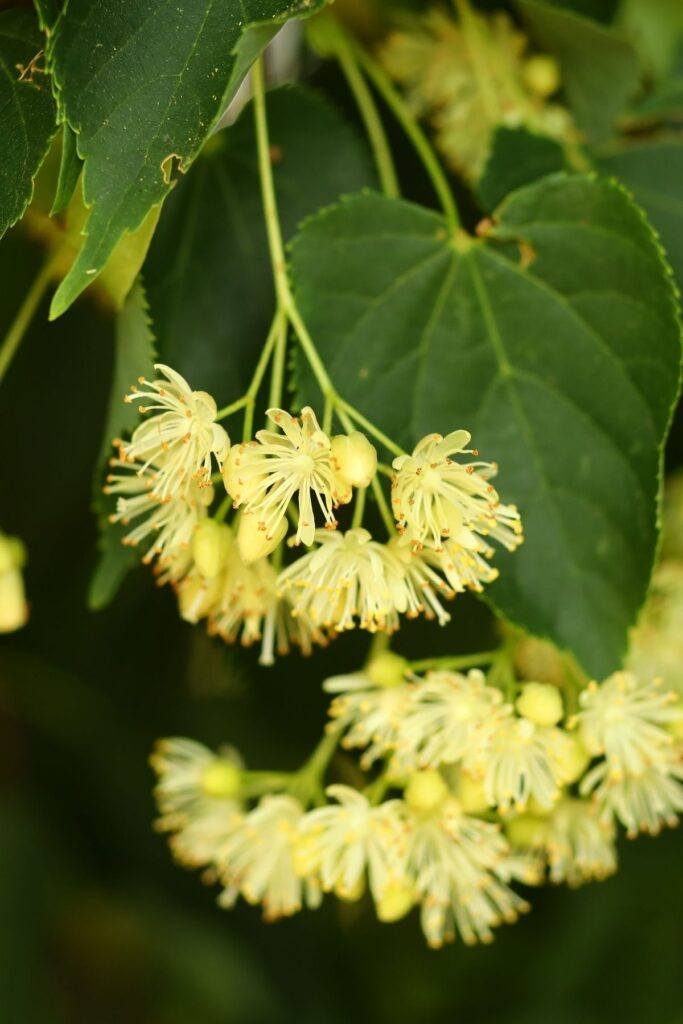
Linden Flowers: City Street Tea
Linden trees (also called basswood or lime trees) are commonly planted along city streets and in parks. Their fragrant yellow-white blossoms make a delightful tea with calming properties.
Practical Implementation:
- Identify linden trees by their distinctive heart-shaped leaves and dangling clusters of flowers
- Harvest flowers when in full bloom, usually in early summer
- Collect from lower branches away from busy roads
- Gather the entire flower cluster with the attached wing-shaped bract
- Dry thoroughly on screens in a well-ventilated area
- Steep dried flowers in hot water for a fragrant, honey-like tea
- Store dried flowers in sealed glass jars for up to a year
What I Wish I Knew
When I started urban foraging, I made some mistakes that you can now avoid:
Not Taking Proper Notes: I once found an amazing patch of wild greens but couldn’t remember the exact location when I returned weeks later. Now I discreetly mark foraging spots on my phone’s map app with descriptions of what grows there and when.
Harvesting Too Much: In my initial excitement, I sometimes took too much from a single area. I’ve learned that sustainable foraging means never taking more than 1/3 of any patch, ensuring plants can regenerate and continue to thrive.
Neglecting Seasonal Variations: My first year, I missed prime harvesting windows because I didn’t realize how quickly some plants progress from prime edibility to past their prime. Now I keep a seasonal calendar specific to my region so I know exactly when to look for each species.
Frequently Asked Questions
Is urban foraging safe with pollution concerns? Avoid harvesting near busy roads, industrial areas, or places that might be sprayed with pesticides. Wash all foraged items thoroughly. Some plants, like dandelions, can absorb heavy metals, so choose your locations wisely.
How do I know if I’m allowed to forage in a particular area? Always check local regulations. Public parks often have rules against plant collection, while abandoned lots may be private property. Community gardens sometimes have designated foraging areas.
What’s the biggest mistake beginners make? Incorrect identification is the most dangerous mistake. Never consume any plant unless you are 100% certain of its identity. Always cross-reference multiple sources and consider foraging with an experienced guide for your first outings.
How do I involve kids safely in foraging? Start with easily identifiable, safe plants like blackberries. Establish clear rules about not tasting anything without adult verification. Make it educational by creating identification cards together before heading out.
Key Takeaways
- Nature Provides, Even in Cities: Urban environments often contain surprising biodiversity, including many edible and medicinal plants that thrive despite concrete and pollution.
- Foraging Connects Us to Place: Learning the edible landscape of your neighborhood creates a deeper relationship with your environment and the natural cycles that persist within urban spaces.
- Start Small and Safe: Begin your foraging journey with easily identifiable plants that have few dangerous look-alikes, like dandelions or blackberries, before moving on to more challenging species.
- Sustainability Is Essential: Ethical foraging means taking only what you need, never harvesting endangered species, and leaving plenty behind for wildlife and plant regeneration.
The concrete jungle holds secret edible treasures that connect us to ancient human traditions while providing nutritious, free food. Urban foraging isn’t just about supplementing your grocery shopping—it’s about developing a relationship with your environment, understanding seasonal cycles, and rediscovering knowledge our ancestors took for granted.
I encourage you to start small: learn just one new plant this week. Observe it, research it thoroughly, and only then harvest it. Take your children, friends, or neighbors along and share the excitement of discovery. The satisfaction of creating a meal featuring ingredients you harvested yourself is incomparable.
Before you go…
Want to take what you learned and share it with your kids or students? Download my free Wild Plant Word Search Kit—it’s a fun printable with 13 edible plants + discussion prompts, perfect for ages 7–11. You’ll also get tips, tools, and kid-friendly nature projects delivered straight to your inbox from RootedUrbanLife.

